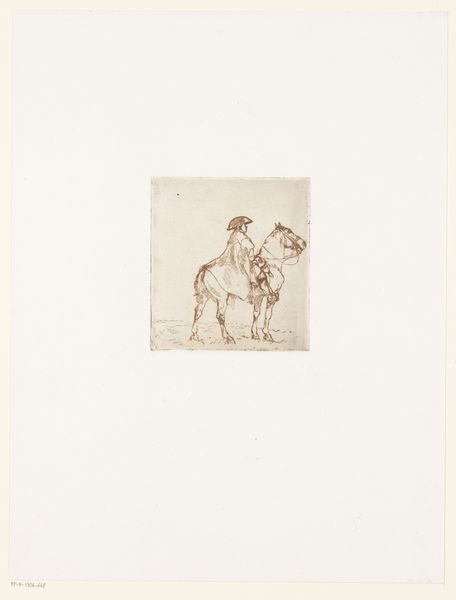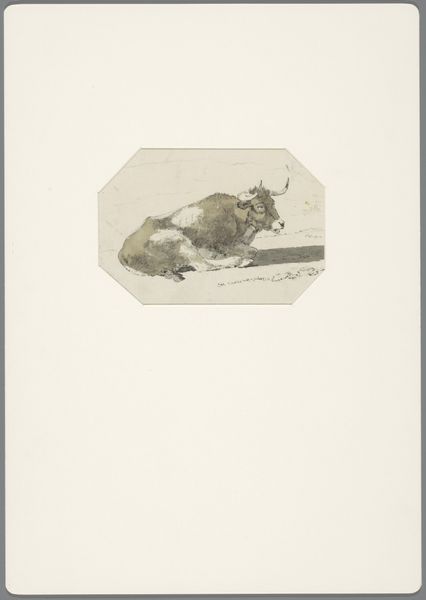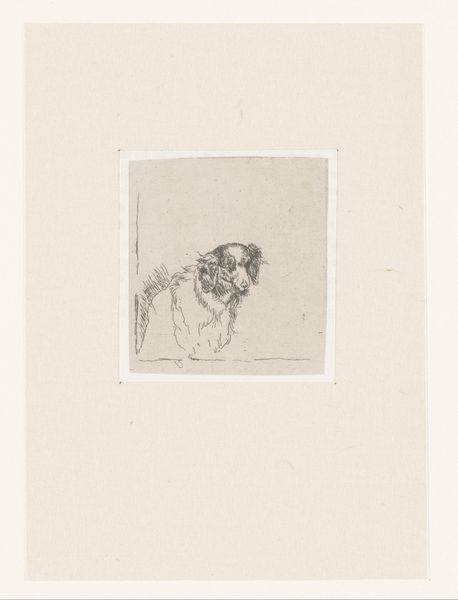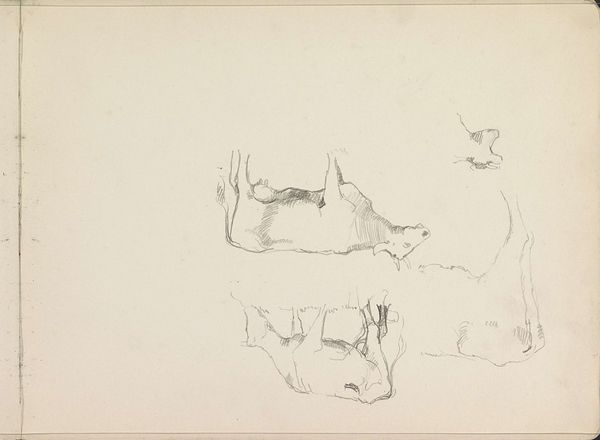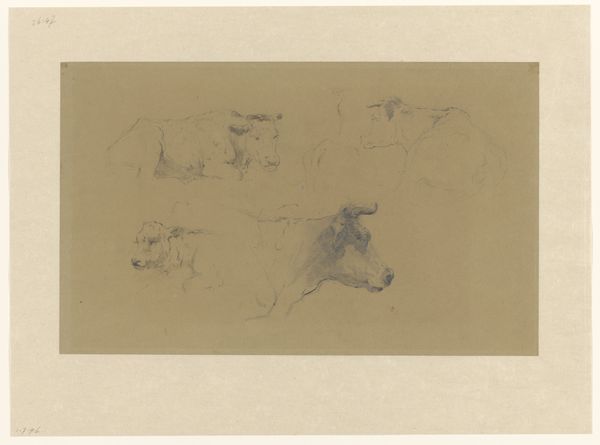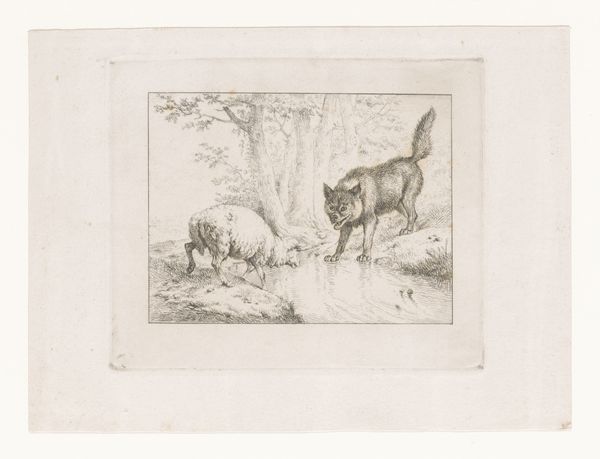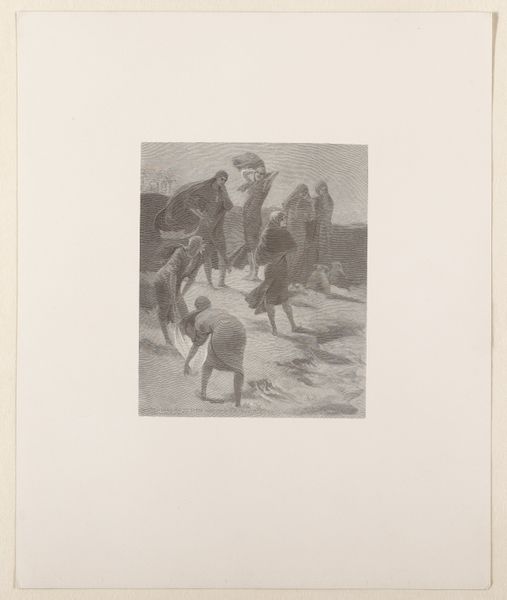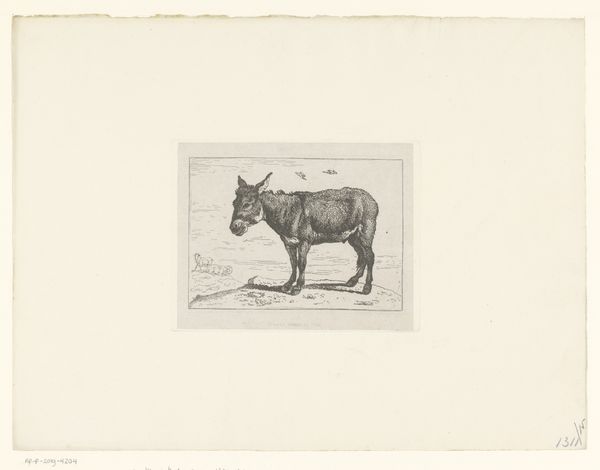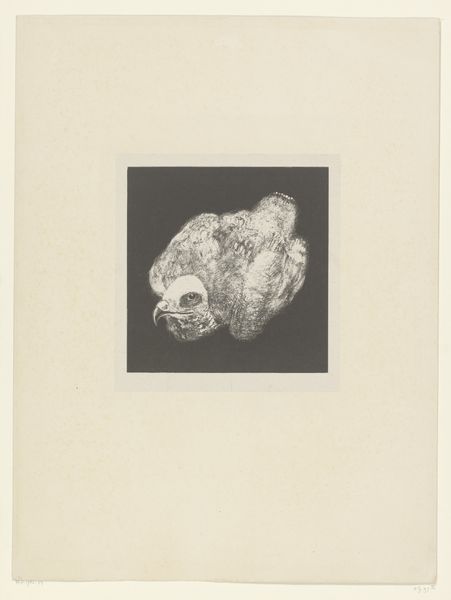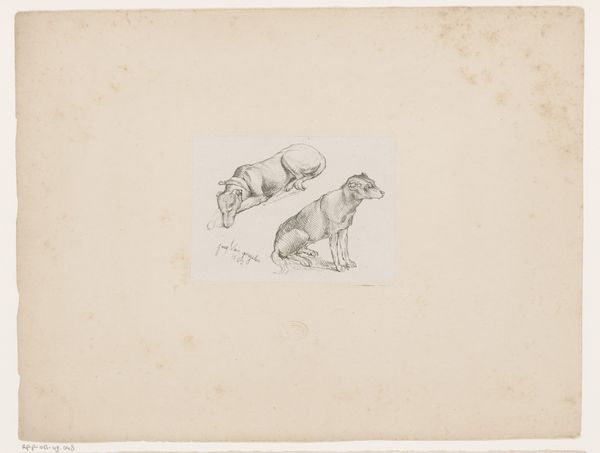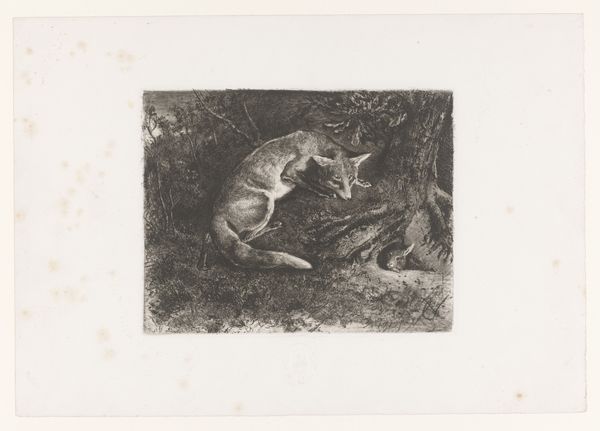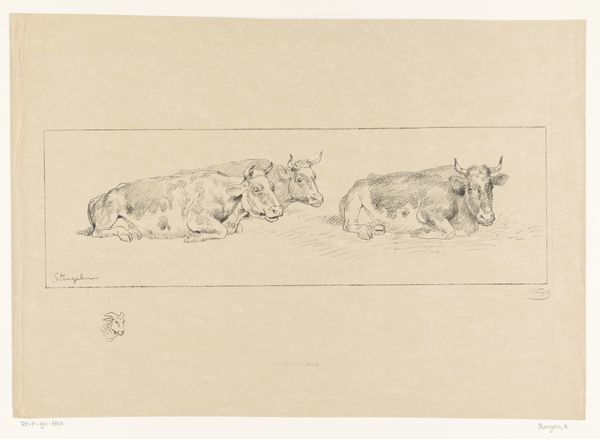
drawing, coloured-pencil, paper, pencil
#
portrait
#
pencil drawn
#
drawing
#
light pencil work
#
coloured-pencil
#
pencil sketch
#
paper
#
pencil
Dimensions: height 106 mm, width 148 mm
Copyright: Rijks Museum: Open Domain
Curator: Here we have Bernard Willem Wierink’s "Drie vossenkoppen," dating sometime between 1866 and 1939, currently held at the Rijksmuseum. Editor: My first impression is how delicately the artist captured these foxes. It feels intimate, like a glimpse into their private world through the quick, light pencil work. Curator: Absolutely. The piece's intimate nature encourages us to reflect on our relationship with nature, wildness, and how animals are often represented, or rather, misrepresented, within dominant cultural narratives. Editor: And materially, you can see the evidence of process. The pencil lines – in both coloured and plain graphite – reveal the hand of the artist experimenting, almost mapping out the forms and textures of fur. You get a strong sense of his labor in observation and translation. Curator: Indeed. It's interesting how the artist utilizes colored pencil. The selective application speaks volumes. I wonder what informed this choice – was it economic constraint or aesthetic intent? It seems as if the colours delineate the various identities of the animal, in turn hinting at the cultural weight and the shifting symbolic function the animal carries in society. Editor: I’m drawn to the way the materiality mirrors the subject: light touches for a light-footed animal, layered tones for depth in their pelts. Curator: Precisely. How can we then relate the labour-intensive craft of drawing, with its quiet focus, to the political realities of wildlife and our precarious connection to nature itself? Perhaps by reclaiming this space of careful observation as an act of respect. Editor: By truly considering process, material, labor—we get to the heart of that relationship you’re speaking about. It is about making, unmaking and contemplating what the land and the creatures that roam that land provide. Curator: The artist nudges us to investigate the construction of the "wild" within social spheres, so let’s embrace the chance to consider how the artwork functions not just as an artifact, but also as a starting point for intersectional thought. Editor: Well, for me it is this simple composition – the delicate renderings combined with an intense observation – it speaks to both labour and process, and encourages reflection. Curator: Agreed, its unassuming presence belies layers of deeper significance.
Comments
No comments
Be the first to comment and join the conversation on the ultimate creative platform.
